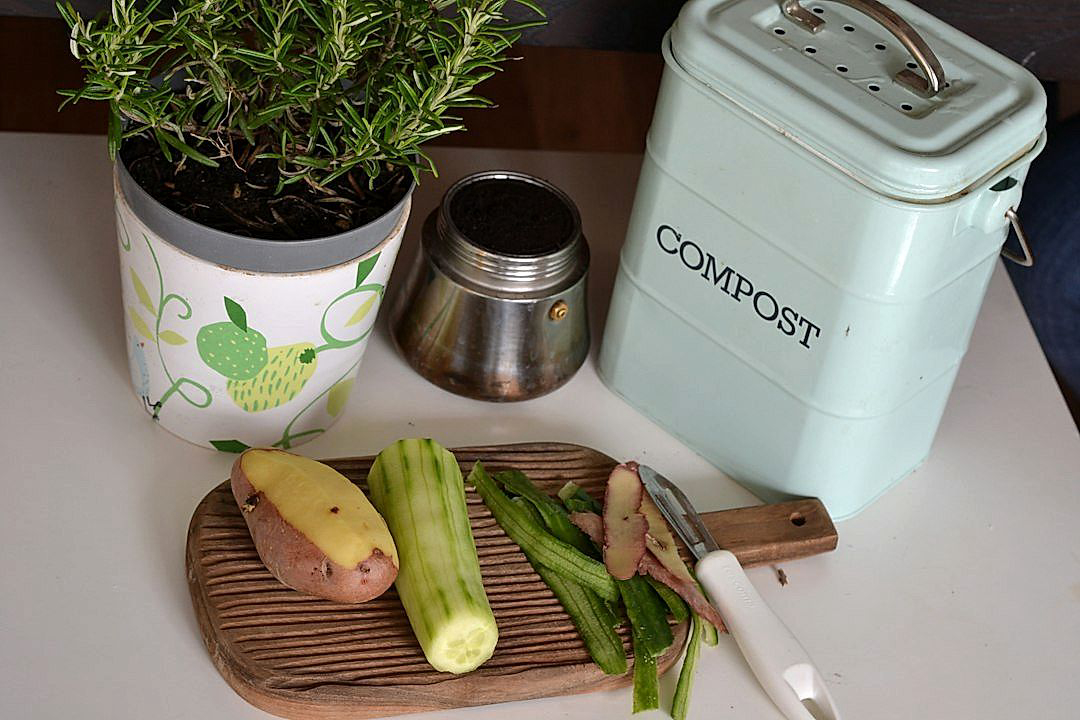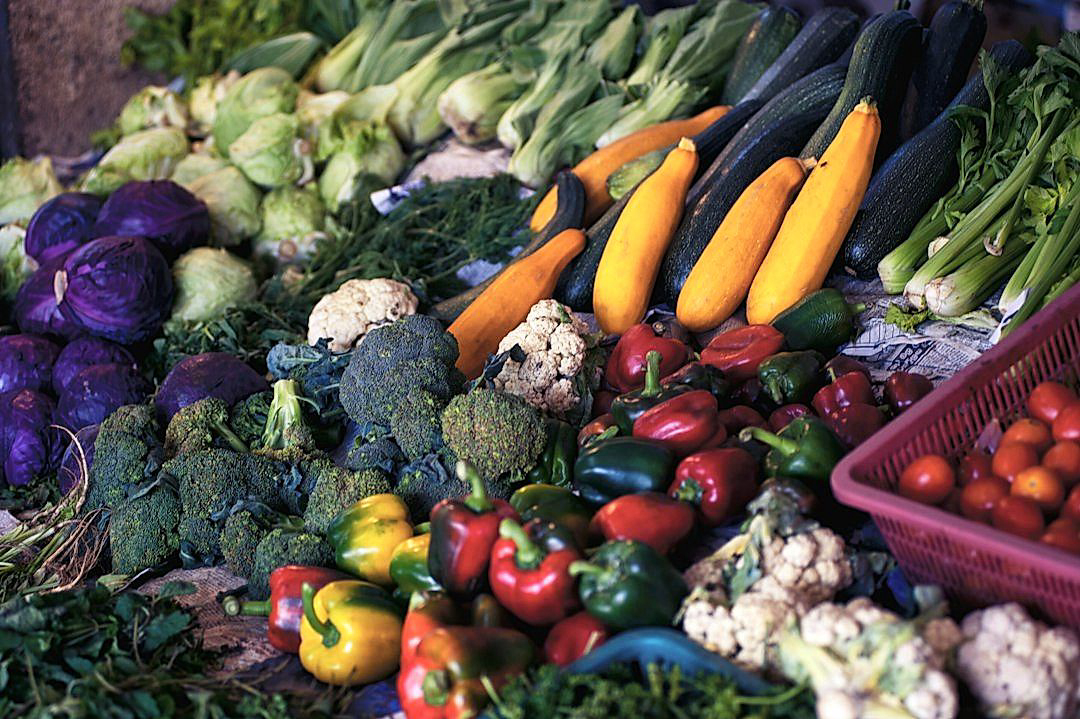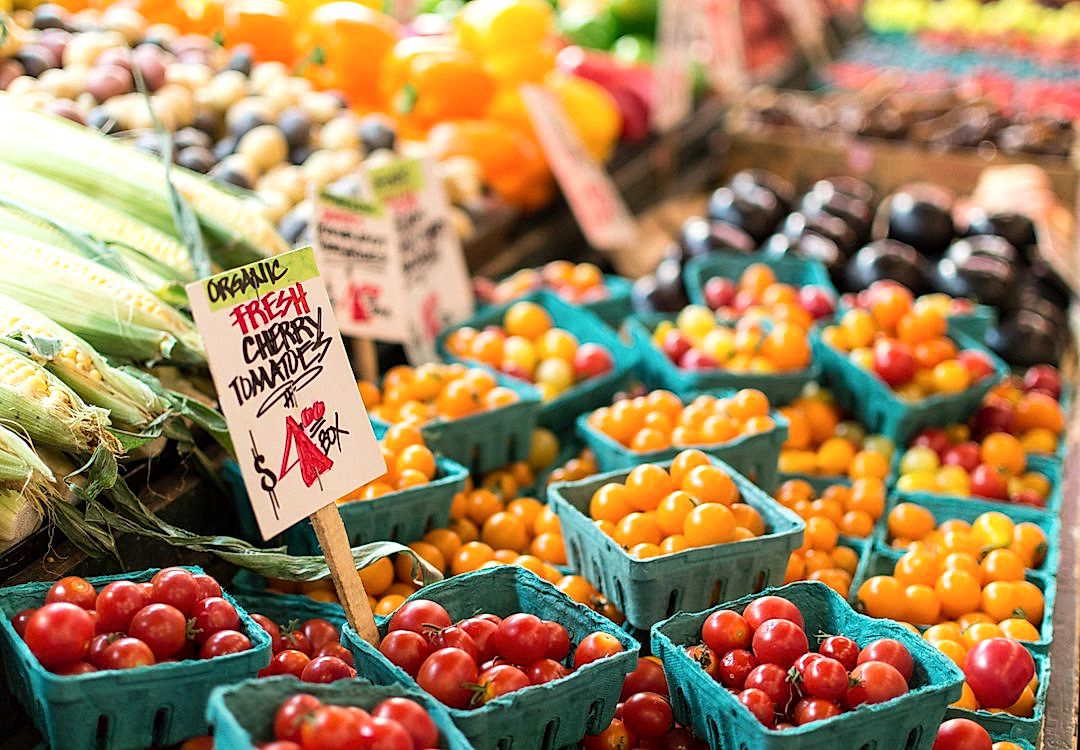As production scales increase in the fresh produce sector, so does the need for efficient and reliable traceability systems.
Each day, countless tons of fruits and vegetables move from farm to table, passing through numerous stages of processing, packaging and distribution.
In recent years, the processing part of supply chain has been the focus of technological advancements aimed at enhancing traceability.
The implications of these innovations extend beyond the mere satisfaction of regulatory requirements.
The emerging technology is promising better control and efficiency, in addition to increased safety for the consumers.
This underscores a pivotal transformation for produce packers all over the world and is the subject of our detailed examination today.
Contents
- Innovations In Traceability For Produce Packers
- 1. Blockchain Technology For Transparent Supply Chain Tracking
- 2. QR Code Tagging for Instant Product Information
- 3. RFID Technology for Real-Time Location Tracking
- 4. IoT-based sensors for condition monitoring
- Moreover, IoT-based sensors for condition monitoring contribute to greater consumer confidence by assuring the quality and safety of the produce they purchase.
- 5. AI Predictive Analytics for Quality Control
- The Bottom Line
Innovations In Traceability For Produce Packers
1. Blockchain Technology For Transparent Supply Chain Tracking
The use of blockchain technology for supply chain tracking is transforming the way produce packers manage their operations.
This technology provides a transparent, immutable and decentralized system for tracking the movements of any product across the supply chain.
Blockchain technology records transactions in a secure manner, eliminating any potential for data tampering or fraud.
The application of blockchain in produce packing can thus offer a higher degree of transparency, leading to improved trust among all stakeholders.
Blockchain systems offer real-time updates, making it possible to immediately trace the origin of a product, its current location, and its journey through the supply chain.
It is an innovation that can significantly boost efficiency while minimizing risk within the production process.
By leveraging blockchain, produce packers can also ensure that the information about their produce remains available and verifiable at all times.
This helps in tackling the challenges faced in the traceability of produce, especially during recalls or when attempting to establish the origin of the produce for quality assurance purposes.
Additionally, with blockchain, produce packers can gain enhanced visibility into the supply chain, enabling them to identify and address any potential issues quickly.
The application of this technology also promotes accountability since every transaction is recorded and visible to all parties involved.
It can enable produce packers to quickly and efficiently authenticate their products, which could significantly augment their brand reputation.
Moreover, blockchain’s decentralized nature discourages fraudulent practices in the supply chain since it necessitates multiple validations before a transaction is approved.
Thus, blockchain technology adds an extra layer of security and trust, ensuring the integrity of all transactions.
It also supports the goal of more ethical and sustainable practices in the supply chain, by maintaining a complete record of a product’s journey from farm to table.
The major advantage that blockchain brings is the elimination of intermediaries, thereby reducing costs and increasing the speed of transactions.
This is why many produce companies are rapidly adopting blockchain technology, as it offers a groundbreaking approach to ensuring full traceability in their supply chain.
2. QR Code Tagging for Instant Product Information
Creating a transparent supply chain tracking system that provides immediate information on products is a top priority for many produce packers.
The QR code tagging system is at the forefront of this wave of change.
A Quick Response code, or QR code, is a type of barcode that can be scanned using a smartphone camera.
These codes provide a reliable and easy way to embed data into an object or label.
Once scanned, the QR code can reveal product details including origin, date of harvest, and any processing it has undergone.
Furthermore, QR codes can enable customers to learn about the environmental footprint of their chosen produce.
This technology fosters a greater level of consumer confidence and trust in the brand.
Coupled with blockchain technology, it allows for full traceability from farm to fork.
QR code tagging has emerged as a critical component of the efforts to provide a comprehensive picture of the farm-to-consumer journey.
Understandably, a more transparent system benefits all parties involved, from farmers, processors, packers, retailers, to consumers.
All these stakeholders then have access to the same information, creating a solid foundation of trust across the supply chain.
Adopting this technology also helps companies meet regulatory requirements with ease.
Moreover, the use of QR codes could potentially help minimize foodborne illnesses through better traceability.
Additionally, QR codes are not only useful for consumers, but also serve as a valuable tool for inventory management for produce packers.
They provide a simplified system for tracking products through production and distribution stages.
Undeniably, the utilization of QR code tagging systems in the agricultural sector represents a remarkable stride towards modernizing and strengthening the supply chain visibility.
3. RFID Technology for Real-Time Location Tracking
In the journey towards improved traceability in the field of produce packing, RFID technology has emerged as a vital player.
RFID, or Radio Frequency Identification, is a technology that uses electromagnetic fields to automatically track and identify objects tagged with tiny electronic devices.
The use of RFID technology provides unprecedented visibility and real-time data, allowing produce packers to track the product’s journey from field to consumer efficiently.
RFID technology has redefined the concept of traceability, ensuring that real-time and accurate data is always available, making the supply chain more transparent and efficient.
One of the most compelling benefits of RFID technology is its ability to provide precise location tracking, a factor crucial in the supply chain of perishable goods.
With RFID, the exact location of the item can be traced in real-time, ensuring that any issues or delays can be addressed promptly and effectively.
This capacity for instant location detection is especially important when dealing with produce, where freshness is a key factor.
Moreover, RFID’s capacity to provide accurate product history contributes to tackling food fraud, reduces wastage, and ensures that the end consumers receive fresh and quality produce.
The use of RFID tags is flexible and can be incorporated into various pack types, making the technology a universal solution for produce traceability.
This versatility translates into better stock control, quicker order turnaround, and overall efficiency boosts that help optimize business operations.
RFID technology offers the added advantage of being durable and capable of withstanding harsh conditions, making it beneficial for use in challenging production environments.
Another significant benefit of RFID is that it does not require a line of sight to function correctly, unlike barcodes or QR codes, offering superior operational convenience.
This operational convenience combined with real-time tracking makes RFID a highly impactful addition to the armory of innovations in traceability.
Looking forward, the synergy of RFID with other complementary technologies such as blockchain, the Internet of Things (IoT), and artificial intelligence (AI) promises even more exciting possibilities for enhancing traceability.
The use of RFID technology represents an essential wave of innovation for produce packers, enabling greater transparency, efficiency, and accountability in the supply chain.
4. IoT-based sensors for condition monitoring
Exploring the arena of Internet of Things (IoT), we find that IoT-based sensors hold tremendous potential in enhancing produce packers’ traceability efforts.
These sensors continuously collect data and monitor the conditions in which the produce is stored and transported.
This information may include key parameters such as temperature, humidity, and light exposure, which are critical for maintaining the quality of produce.
In addition to real-time monitoring, these smart sensors transmit collected data to a central system for analysis and reporting, enabling clear visibility into the produce’s journey from farm to fork.
This kind of continuous and proactive monitoring is key to enhancing transparency and efficiency in the supply chain.
The use of IoT-based sensors help in flagging off concerns in real-time, reducing food spoilage, waste, and financial losses.
<pMoreover, IoT-based sensors for condition monitoring contribute to greater consumer confidence by assuring the quality and safety of the produce they purchase.
Not only can these sensors improve traceability, but also they can pave the way for incorporating more automation and digitization in the produce packing industry.
Also, IoT-based sensors for monitoring can help establish a nexus of trust among consumers, suppliers, and regulators, building stronger relationships across the supply chain.
For produce packers, these sensors provide actionable insights about their products, helping them make informed decisions about their operations.
The integration of IoT technology also ensures regulatory compliance and smooth audits as every step in the supply chain can be tracked and documented with precision.
These IoT-based sensors, however, require significant initial investment and understanding its dynamic functionalities, a factor that produce packer should consider.
However, considering the long-term benefits of enhancing traceability, reducing losses, and improving consumer trust, the leap to IoT-based monitoring seems like a worthwhile investment.
One can conclude that IoT-based sensors for condition monitoring is not just a technological novelty but a critical tool for the modern produce packing industry.
Therefore, these advancements in IoT technology hold immense promise for transforming the way traceability is managed in the produce packing industry.
The potential of IoT-based sensors for condition monitoring continues to grow, offering significant opportunities for innovation and improvement in the industry.
5. AI Predictive Analytics for Quality Control
When it comes to quality control in the produce packing industry, the role of Artificial Intelligence (AI) predictive analytics cannot be overstated.
The use of AI technologies enables companies to anticipate potential issues well before they occur, thus reducing product wastage and enhancing the quality of the packed goods.
The technology works by analyzing historical data and identifying patterns that could predict future outcomes.
For example, AI can gauge the quality of fruits based on their color, size and texture, which helps packers choose only the best for their customers.
The AI predictive analytics can also be used to optimize the packaging process.
By using AI, produce packers can determine the right amount of goods that should be packed in a specific box or crate, thus avoiding overpacking or underpacking.
Furthermore, this technology can even provide insights on the optimal time to harvest and pack the produce, further improving the quality of the goods.
The use of AI data analytics continues to revolutionize the supply chain of the produce packing industry.
With accurate and real-time data, packers can make informed decisions, leading to effective and efficient operations.
Moreover, the use of AI in quality control goes beyond just improving processes – it also has positive impacts on the environment.
A reduced need for product returns due to quality issues results in fewer transportation-related emissions, contributing to a greener supply chain.
With the steady advancement in AI technology, the sector stands to gain even more in terms of operational efficiency and product quality.
A combination of all the above benefits certainly makes AI predictive analytics an invaluable asset in the produce packing industry.
In essence, AI predictive analytics provides a powerful solution to address the challenges of quality control in the produce packing industry.
The Bottom Line
Sentences.
Increasing transparency, ensuring quality control, and efficient tracking of products has never been easier with advanced technologies at our disposal.
Blockchain technology revolutionizes supply chain tracking with top-notch transparency.
QR code tagging, on the other hand, provides instant access to product information, boosting customer confidence and trust in products.
RFID technology enhances real-time location tracking eliminating the hassle of lost or misplaced goods, while IoT-based sensors smartly monitor the condition of perishables and sensitive items.
Lastly, the role of AI in predictive analytics cannot be underestimated as it significantly improves quality control.
Therefore, these innovative technologies together create an integrated, reliable and efficient supply chain process.




